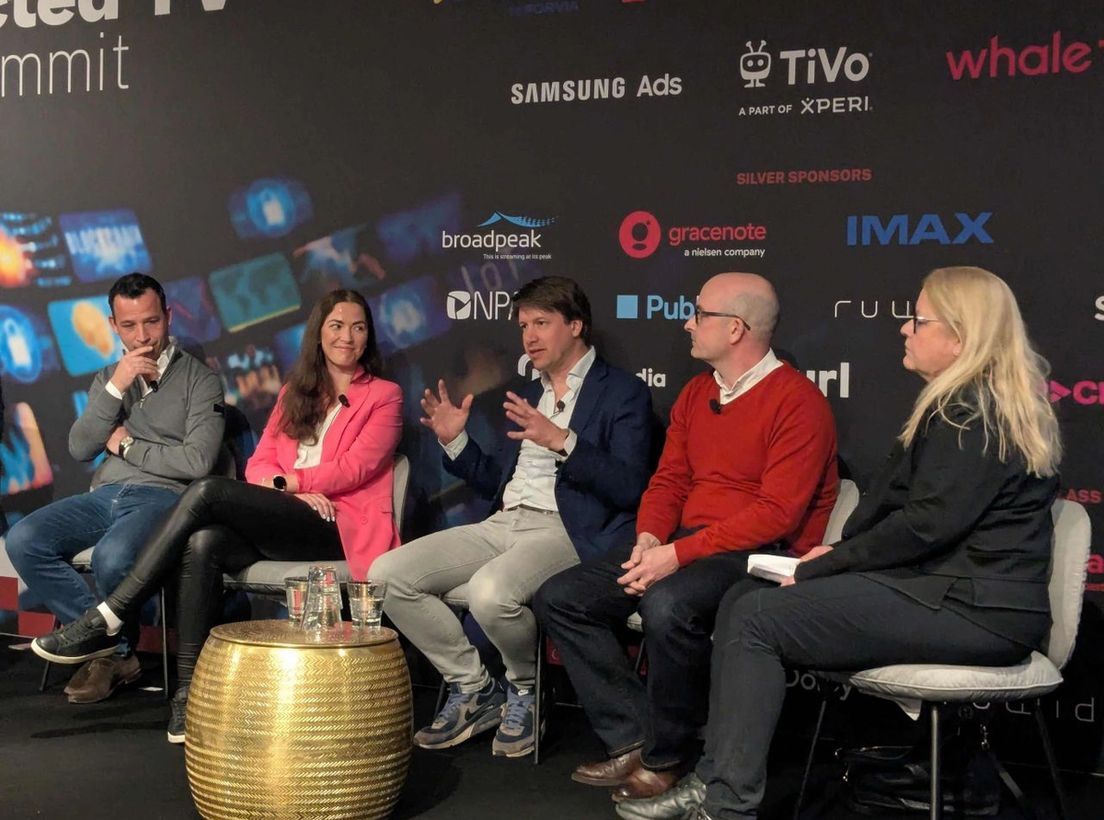For as long as there has been media, increasing and maintaining viewership has been the holy grail for media companies, regardless of their business model. If you are a subscription-based service, reducing churn has always been fueled by the amount of content they consume from your service. Simply put: a customer that is watching more videos on your platform often tends to be a happy customer. If your business model is driven by advertising revenue, more viewership remains pivotal: more views equal more ad impressions, which leads to more revenue from advertising.
Media companies have long been struggling with keeping their viewers engaged and most of the traditional ways of achieving this seem to have run their course.
The most straightforward traditional way of increasing viewership for your service is by gaining very detailed insights into the preferences of your users. This will help in serving them the right recommendations and will result in more and better-tailored content for them.
A second way of increasing viewership is by adding more and better content. This has been the go-to solution for the past few decades of Media, with different types of organizations using different ways to implement this solution.
For example: a Pay TV Channel in Sports will most likely want to add more attractive sports broadcasting rights to its portfolio. For a cable company, a solution can be to add more channels to a certain package and for an On-Demand Streaming Service, this can mean commissioning exclusive content like movies or series.
A more cost-efficient way of creating more viewership is repurposing existing content. A good example of this are Social Media channels that have created new ways of displaying existing content in new features like Instagram Stories or YouTube Shorts.
In essence, these features help the creator or channel in editing a piece of existing content in a different way. This makes the accumulative viewership of the content go up, as different target audiences prefer different kinds of content.
When repurposing content, the main challenge for broadcasters and creators of owned content is rooted in the fact that you need a very concise and clear data logging system of your existing content to pull this off in a good and efficient way.
And still; it doesn’t matter how good that manual data logging is, it still doesn’t typically log the value and quality of that content, and the depth of information connected to that content will also be quite minimal in most use cases.
That’s why repurposing content usually works the best with content that has just been created (and is therefore top of mind) or where creating different versions of the same content piece is an integral part of the production process.
Media Carwash
To help cater for the process of logging and repurposingcontent and making it more effective and complete, we have been experimenting with an in-house AI Media Carwash, for lack of a better name.
This AI-powered Media Carwash is one of the newest PoCs (Proof of Concepts) from our Hypersolid Test lab. The concept behind our Media Carwash is that we want to use technology and more specifically AI, to develop a three-step approach to automatically logging and repurposing your existing video content:
- Step 1: Analyze: use leading LLM models and best-of-breed specialized tools to create new data
- Step 2: Create: use existing content combined with data and AI intelligence to create new content
- Step 3: Enhance: use new data & content to power new features, experiences and revenue opportunities
Step 1: Analyze
When for instance consuming news or sports content, viewers often want to jump to a specific segment to catch up —maybe an interview or a highlight—but are stuck aimlessly scrubbing through an entire video. Editors, meanwhile, waste hours manually logging time codes and the content connected to these time codes.
In the Media carwash, markers automatically detect scene changes, speaker shifts, and topic transitions, creating precise chapters in real time or post-production. As a result, viewers instantly find the content they care about, and editors save significant production time—leading to higher engagement overall.
On top of this automated logging process, we leverage AI-driven models to uncover exactly how visitors interact with content by analyzing site traffic, user behavior, and keyword trends. Our algorithms dynamically identify the most relevant keywords, recommend new topics based on emerging trends, and optimize meta tags, titles, and descriptions for higher visibility.
Through continuous feedback loops, the AI refines these insights over time—boosting search rankings, driving organic traffic, and ensuring content resonates with the right audience.
James Milton, Creative Technologist at Hypersolid, has been an instrumental part of developing the Media Carwash. He states:
James Milton, Creative Technologist at Hypersolid
Milton: ‘The underlying models work by identifying key frames, transcribing dialogue, recognizing objects and people, and contextualizing scenes—generating a thorough understanding of the material that significantly improves upon traditional logging methods. The practical benefit of our Media Carwash lies in how it converts this analysis into actionable insights. Rather than simply noting “interview segment at 17:30”, the system offers rich context such as “high-emotion personal story with a positive outcome, featuring senior citizens discussing healthcare, 85% viewer engagement potential.”
This structured data output is highly customizable—organizations can modify the schema with minimal code alterations to emphasize industry-specific metadata, change the output language, or generate specialized analysis fields.
Step 2: Create
As the attention span of viewers becomes shorter and shorter, the need for content that engages directly becomes increasingly important. Long videos can bury the most exciting or important moments, leaving audiences bored or missing the best parts. Producers need a quick way to spotlight top content without sifting through footage manually.
The objective of the Media Carwash is to identify peak action or interest points (like a buzzer-beater in sports or a heated debate in news), then stitch them into short, shareable reels. This hooks viewers faster, drives more social shares, and encourages them to watch the full program for the complete story.
The richer the data that is obtained in the analysis is, the better the repurposing of this content into new videos will be. After all: the fuel that makes any automation engine work is data and the better the data, the better the output.
Milton: “This level of detailed intelligence enables media companies to swiftly identify high-value content segments for different platforms—whether producing emotionally engaging TikTok highlights, LinkedIn-friendly educational snippets, or themed compilations spanning multiple pieces of content.”
Step 3: Enhance
The final step of our three-step approach in the Media carwash aims to solve two challenges every Media Company faces.
Increasing the effectiveness of advertising
For Media services using an advertising-based revenue model, the most important thing is to keep the impact of these ads at the highest possible level. Viewers watching a travel show don’t want a lightbulb ad—they expect something relevant. Mismatched ads disrupt the experience and weaken their impact for advertisers.
The solution we are currently developing uses AdSync Solved which categorizes video using transcripts, objects, audio, and images to match IAB categories—like travel or cooking—to content portions. Travel ads hit during travel segments, kitchen products during cooking scenes. The result: ads feel natural, viewers stay tuned in, and advertisers see better engagement and results.
Keeping viewers engaged
Busy viewers crave themed playlists—like “Top Drama Scenes” or “Daily News Recap”—but curating them manually is time-intensive. Therefore, a second important challenge we address in this phase is keeping viewers engaged by offering them automatically curated playlists.
Curation groups videos by category, topic, or mood to generate ready-made playlists. Audiences discover binge-able collections aligned to their interests, while editorial teams save hours bundling segments, ultimately boosting total watch time.
Business impact
Although the Media Carwash is still very much in development, it does not only aim to increase viewership, but it can also make the repurposing process itself more cost-effective.
Milton: ‘By reducing manual review time and providing context-aware identification of repurposing opportunities, our AI Media Carwash helps media organizations efficiently adapt their existing catalog into precisely targeted formats, suited to specific audiences and platform requirements.”
In other words, the Media Carwash can help content become more tailored for the target audience in a fast way. As such, it signals a new way of implementing technology for Hypersolid in our over 25 years of developing Media Tech.
This journey started by transforming linear video into digital video and took the next step by adding a host of new screens and devices to the equation. At Hypersolid, we are experts at tackling challenges for our media partners, and we are very much looking forward to this next frontier in Media Technology.
Industry insights, company updates, and groundbreaking achievements. Stories that drive Hypersolid forward.


